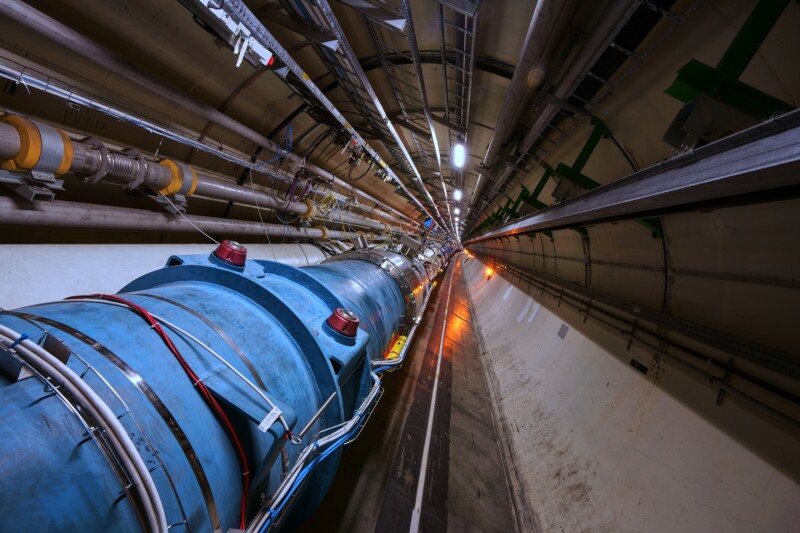Research conducted by the Massachusetts Institute of Technology (MIT) and backed by the US National Science Foundation (NSF) is using otherwise wasted natural gas to power machine-learning models for high-energy physics. The work involves a cloud computing service provided by Denver-based Crusoe Energy Systems.
Crusoe, established in 2018, initially set out to assist oil and gas companies in reducing routine flaring by combusting natural gas to power mobile Bitcoin-mining units. Clients have included some of the biggest names in the oil and gas industry such as ExxonMobil, Devon Energy, and Equinor.
Now, Crusoe is helping solve some of nature’s biggest mysteries through its work for MIT researchers. The MIT group is studying particle physics as observed in the Large Hadron Collider (LHC) at the European Organization for Nuclear Research, popularly known by its French acronym CERN.
The LHC is used to crash particles into one another at nearly the speed of light, which results in tiny explosions. These explosions shatter particles into even tinier, subatomic fragments. CERN's most renowned achievement to date is the discovery of the Higgs Boson particle in 2012.
One significant challenge with the LHC is the massive amount of data each collision generates—up to a petabyte per second. Consequently, researchers have had to lean heavily on artificial intelligence and machine learning (AI/ML) models to extract potentially useful signals from the deluge of data.
The high-energy physics group at MIT and the NSF introduced new methodologies last year for analyzing such massive data sets and selected Crusoe's cloud platform to rapidly train approximately 100 related AI/ML models.
According to Crusoe's website, data centers connected to the grid consume nearly 3% of global electricity. The company anticipates this percentage will rise with the increasing demand for high-performance computing.
Crusoe has raised almost $750 million in equity funding to develop a digital flare mitigation technology that it claims reduces methane emissions by about 99% compared with continuous flaring. The company reports that the technology has eliminated emissions equivalent to the removal of almost 170,000 gasoline-fueled cars from the road.


